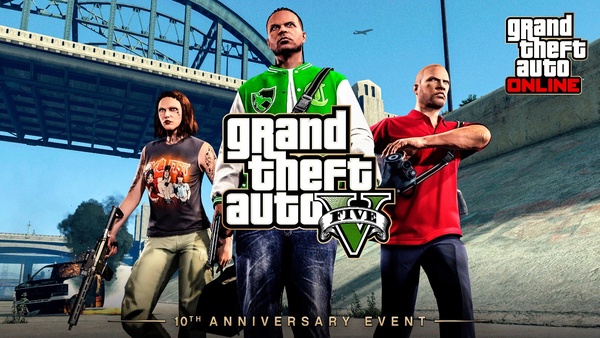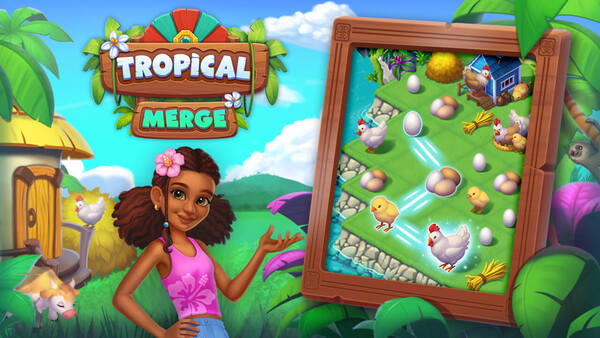In today’s hyper-connected gaming culture, trends don’t just evolve—they explode. “GAME: Steal a Brainrot” is one such phenomenon. More than just a title, it’s a digital experience that perfectly encapsulates the modern state of fan culture, identity obsession, and emotional immersion. Combining aesthetic obsession, narrative immersion, and emotional manipulation, “Steal a Brainrot” isn’t your typical mobile or indie game—it’s an experimental reflection of our inner cravings and chaotic attachment to fictional personas. Set against the backdrop of a virtual world where characters themselves become objects of obsession, the game lets players metaphorically (and literally) “steal” other people’s fixations. Through emotional story arcs, surreal gameplay, and ironic self-awareness, “Steal a Brainrot” plays with the human psyche in ways few games have dared. Let’s unpack the history, mechanics, evolution, and influence of this bizarrely addictive title—and find out why so many players have willingly surrendered their brains to the rot.
1. The Emergence of “Steal a Brainrot” as a Game
“Steal a Brainrot” didn’t begin with AAA marketing or widespread anticipation. Instead, it quietly emerged from niche indie game spaces and fandom circles, fueled by viral meme culture and online emotional aesthetics. Initially launched as a visual novel with surreal storytelling and ironic dialogue, the game attracted a cult following. It offered a unique premise: steal characters, obsessions, and emotional arcs from other players and NPCs by exploring their mental landscapes. It fused mechanics from dating sims, psychological horror, and collectible card games—but with an unsettling emotional twist. As the meme phrase “steal a brainrot” gained popularity on TikTok and X, the game seized the moment. It adopted the title and launched full development, backed by a small team of internet-native developers who understood fandom culture from the inside.
2. Game Mechanics and Emotional Systems
At its core, “Steal a Brainrot” plays like a psychological RPG with nonlinear choices and heavy character-driven narratives. But what sets it apart is its “obsession steal” mechanic. Each player starts with their own “brainrot core”—an emotional vulnerability shaped by their chosen backstory. As you explore different regions of the in-game universe (often modeled after fictional fandoms or media tropes), you encounter other characters whose brainrots you can steal, absorb, or merge with. You steal obsessions by completing emotional quests, solving psychological puzzles, forming intimate bonds, and sabotaging rival players’ attachments. The game blurs emotional roleplay and game design. You’re rewarded not for power or success, but for how emotionally entangled you become.
3. Character Design and Fandom Archetypes
“Steal a Brainrot” thrives on archetypes—the brooding villain, the tragic hero, the sunshine healer, the morally grey mentor. Characters in the game are designed as mashups of popular fandom tropes, intentionally created to induce obsession. Each character has their own rot meter (emotional turmoil), unlocks side quests the more you care, and may betray, sacrifice, or haunt you depending on your interactions. Fans don’t just play to win—they play to hurt. It’s a self-aware emotional trap where the more you feel, the deeper the rot sets in.
4. Narrative and Storyline Structure
The story of “Steal a Brainrot” is less a single arc and more an emotional labyrinth. It’s episodic, nonlinear, and often breaks the fourth wall to question your motives as a player. The main plot revolves around a collapsing virtual world where media consciousness becomes reality. Players must gather “brainrots” to keep themselves anchored, but the more you steal, the less of your original self remains. Major story arcs include “The Archive of Echoes” where forgotten characters reside, “The Ship Graveyard” a symbolic space of dead fandoms, and “The Obsession Core” the emotional endgame where all stolen rot collides. The ending varies. You might transcend obsession, become consumed by it, or willingly surrender your identity to a fictional version of yourself.
5. Visual Style and Aesthetic Appeal
A huge part of the game’s success comes from its distinctive visual design. “Steal a Brainrot” blends glitchcore, vaporwave, and emo aesthetics with fan-edit-style animation. Every frame feels like a Tumblr gifset or a TikTok slideshow. UI menus resemble moodboards. Dialogue scenes are interspersed with visual metaphors—shattering mirrors, bleeding screens, overexposed memories. Visual highlights include dialogue boxes that cry or glitch when you're emotionally unstable, UI that reshapes itself based on your character’s mood, and collectible visuals and emotional snapshots. This aesthetic design makes it perfect for social sharing—players often clip and post their gameplay as fan edits, effectively spreading the game as both a product and a piece of art.
6. Player Community and Online Culture
What makes “Steal a Brainrot” more than just a game is the culture surrounding it. The fandom has become one of the most creative and emotionally intense digital communities. Players exchange “rot decks,” share fanfiction, roleplay alternate endings, and even “gift” their rot to others through emotional story edits. It has created a unique blend of traditional fandom behavior and gameplay immersion. Popular trends include Rot Trades (swapping brainrot collections online), Emotional Quests (real players creating missions for others), and Projection Packs (player-created mods that let you insert your own emotional trauma). It’s not just a community—it’s a collective psychodrama performed across social media.
7. Pros and Positive Impact
Despite its chaotic and emotionally manipulative nature, “Steal a Brainrot” has genuine strengths that make it more than just ironic meme bait. The game offers deep emotional catharsis, allowing players to process complex feelings in a safe, creative space. It encourages artistic expression through writing, editing, drawing, and roleplay. The title fosters strong digital friendships and bonding through shared emotional investment. Perhaps most importantly, it reinvents the game loop itself, rewarding vulnerability over mastery and transforming obsession into currency. In a gaming world filled with formulaic RPGs, “Steal a Brainrot” offers something authentically strange and deeply personal.
8. Cons and Controversies
But the game also comes with serious caveats, especially for emotionally vulnerable players. Emotional burnout is a major risk, as the game demands deep psychological engagement. Many players report needing breaks due to the sheer intensity of the content. It also blurs the line between fiction and reality, causing some to spiral into parasocial attachment or unhealthy projection. Competitive obsession has also led to toxic fandom behavior like gatekeeping, trauma-baiting, and emotional bullying. Lastly, its dark subject matter, including themes of abandonment, manipulation, and existential collapse, may be triggering to sensitive players. Critics have questioned whether the game gamifies trauma for entertainment. Developers argue it’s a satire—but for some, the rot gets too real.
9. The Game’s Reception and Cultural Impact
“Steal a Brainrot” may not have launched with a massive budget, but it’s become a phenomenon. Reviewers praise its originality, narrative strength, and boundary-pushing mechanics. It has won awards at indie showcases and is frequently analyzed in media studies circles for its commentary on obsession culture. Critical reception has included phrases like “a terrifyingly accurate portrait of digital obsession” and “feels more like therapy than a game—dangerously so.” It has also sparked dozens of clones and spiritual successors. Some try to lighten the tone, while others go even deeper into emotional simulation. Either way, “Steal a Brainrot” redefined what fandom-driven games can be.































